Britain’s survival in World War 2 depended on air power.
At the cutting edge were high-performance fighter planes, dishing out destruction to Axis intruders and supporting Allied operations worldwide. As well as the svelte Spitfire and the rather more homely Hurricane, there were a gaggle of other types, each boasting different engineering solutions to the demanding problem of creating an aeroplane that can blow other aeroplanes out of the sky.
This is piston-engines only - we’re saving the Meteor jet for another story. Here are the Top 10 British Fighter Aircraft of World War 2:
10: Gloster Gladiator

From an earlier generation than the Spitfire and Hurricane, despite predating the latter by only 14 months, the Gladiator proved immensely plucky. The Gladiator biplane was little more than a convenient stop-gap to keep up the numbers until the Hurricane and Spitfire came on stream in sufficient quantity, so it was released for export at a fairly early date.
The Gladiator pops up in an unusual number of imbalanced conflicts far from its home where it was forced to operate in the face of numeric and technological superiority – invariably heroically and to great propaganda value – thus pithily illustrating the general experience of the biplane fighter in the Second World War.
10: Gloster Gladiator
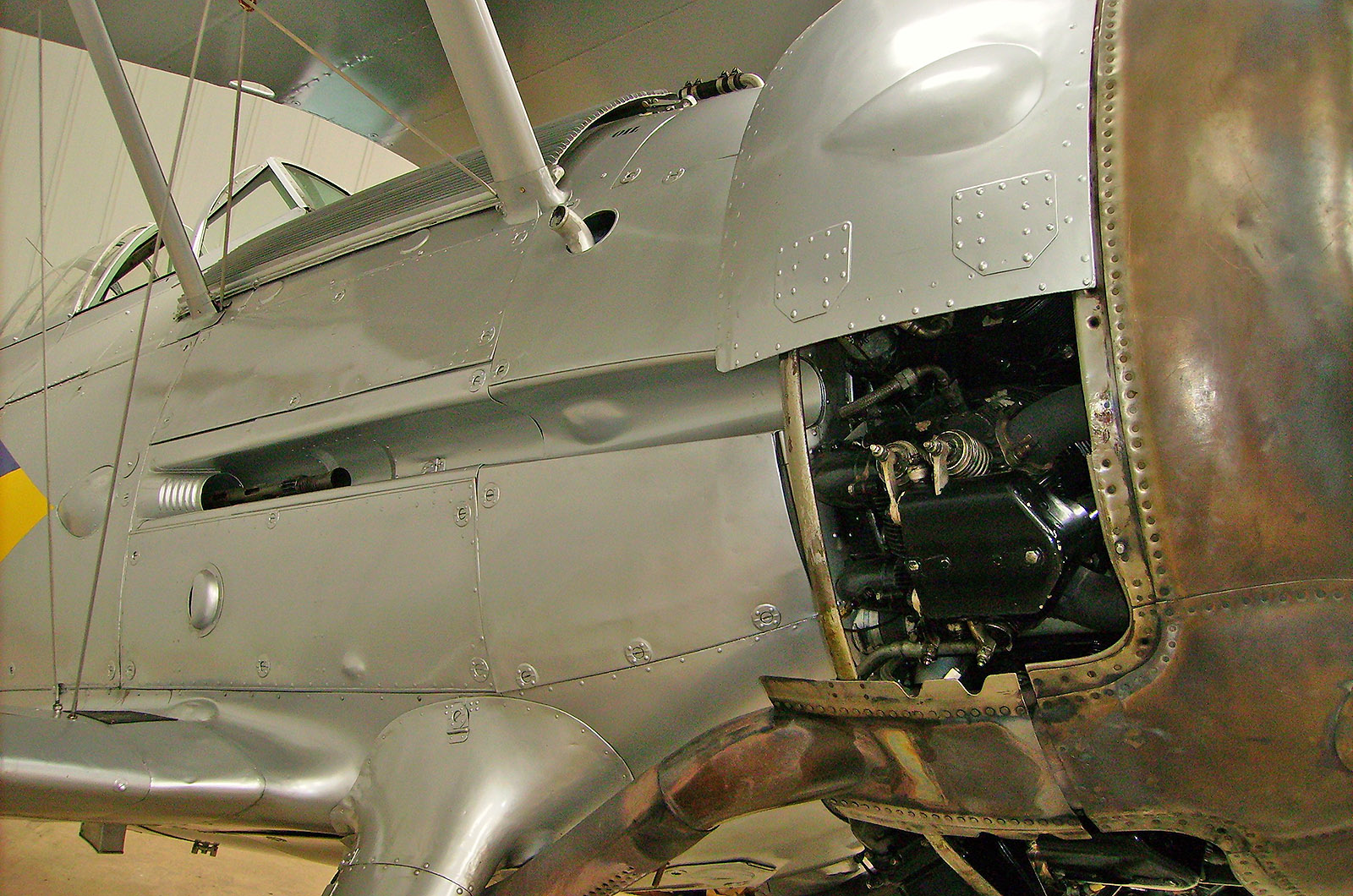
The Gladiator stoically defied the odds with the RAF against the Italians over Malta. More prosaically, when operated in numbers against a similarly equipped enemy it performed excellently. Over Africa it clashed regularly with the Fiat CR.42 biplane, which, though slightly faster, did not handle as well as the Gloster.
Despite being the RAF’s last biplane fighter, it was also that service’s first fighter to sport an enclosed cockpit. Not many aircraft have been simultaneously in the vanguard of development while also totally obsolete. Despite it being such a dated design, it scored 304 victories in RAF service.
9: Martin-Baker MB5
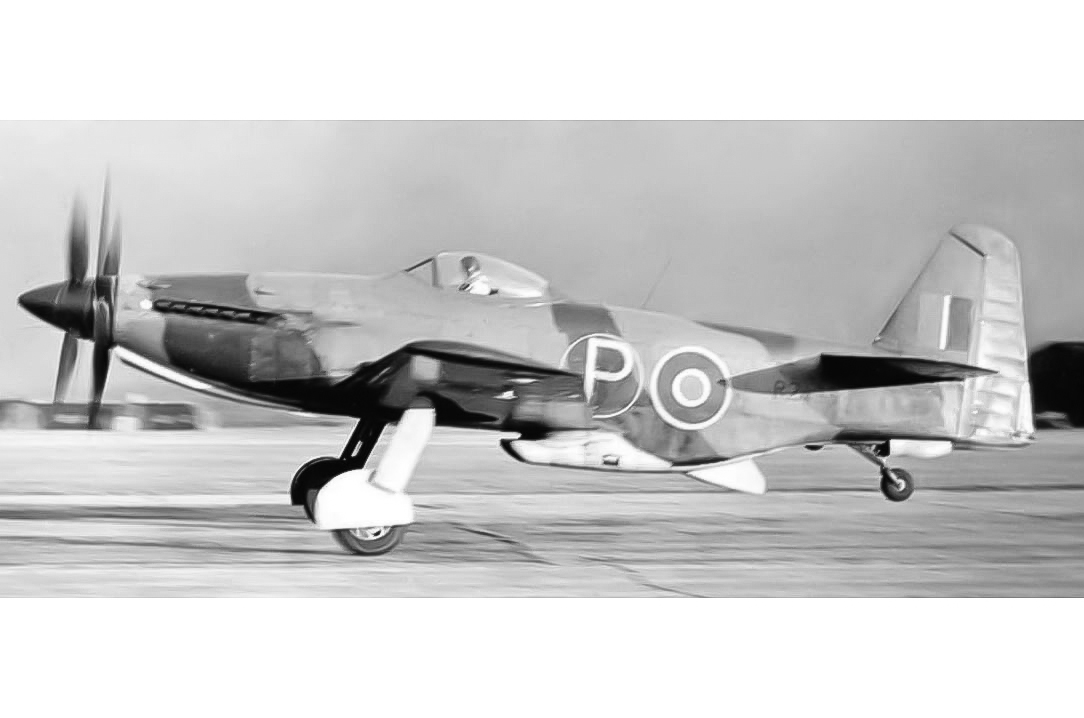
Martin-Baker proposed a Rolls-Royce Griffon-powered version of their failed MB3 (the MB4), but the Air Ministry favoured a more thorough redesign, and the MB5 was the result. A fair contender for the best British piston-engined fighter ever flown, the MB5 was well-armed with four 20mm cannon, was very fast, and easy to maintain.
Flight trials proved it to be truly exceptional, with a top speed of 460 mph (740 km/h), brisk acceleration and docile handling. Its cockpit layout set a gold standard that the boffins at the RAF testing site Boscombe Down recommended should be followed by all piston-engined fighters.

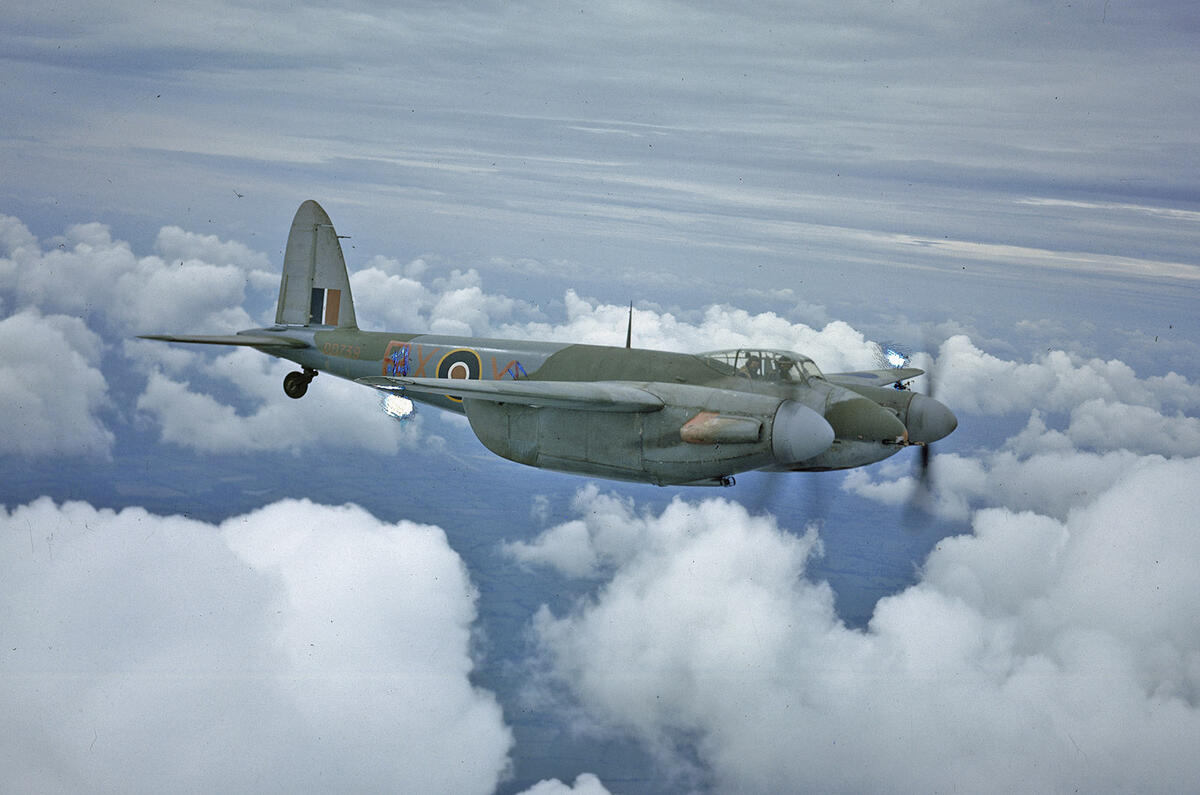

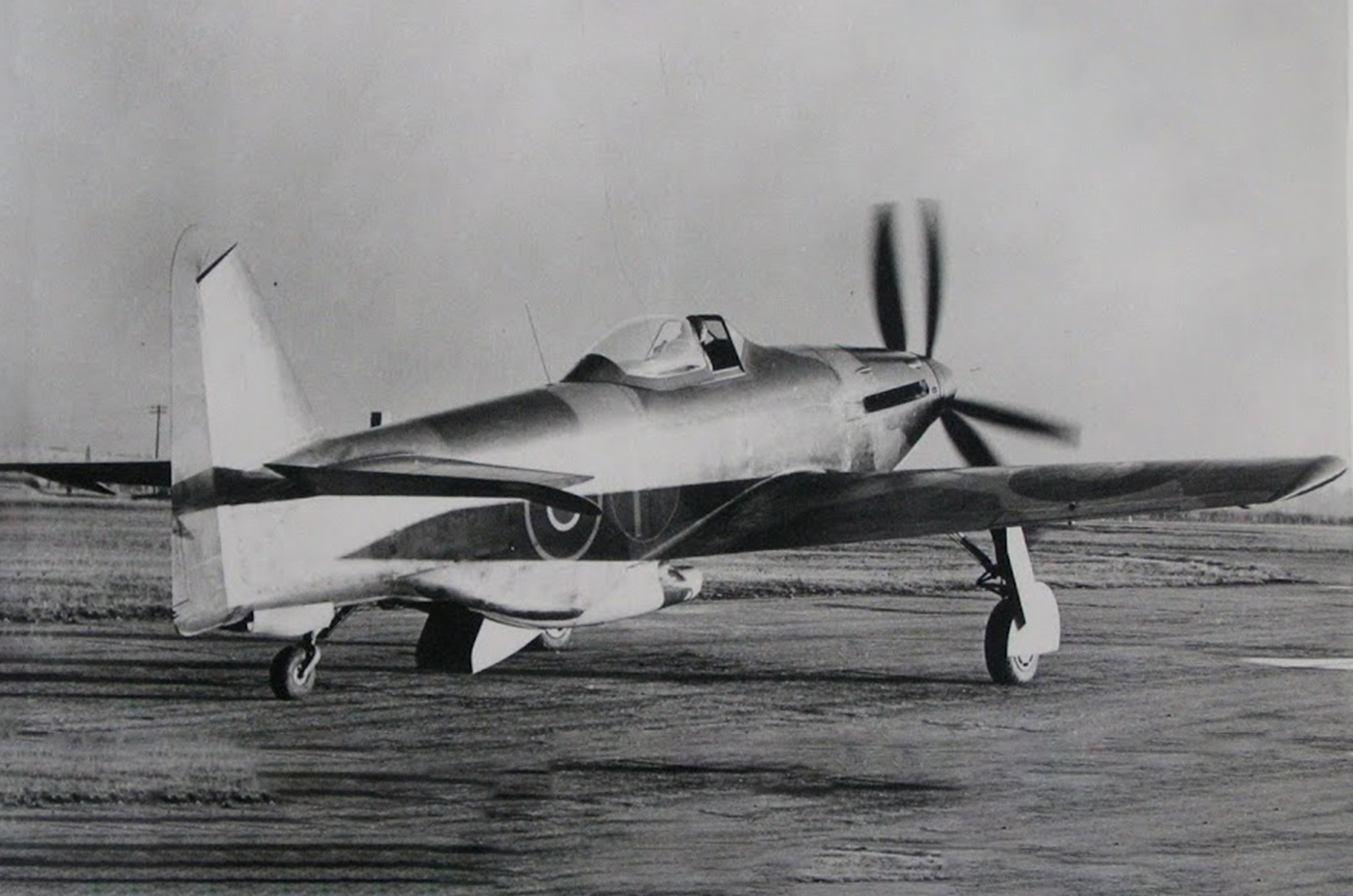
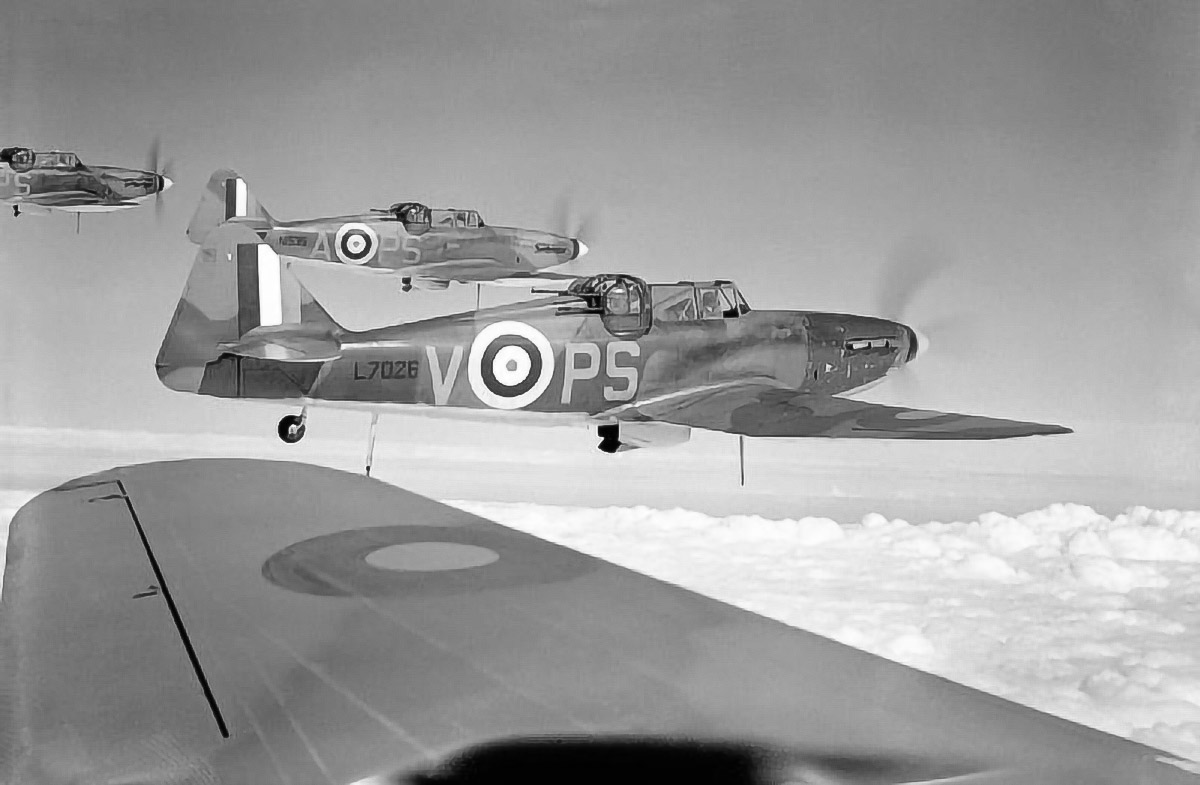
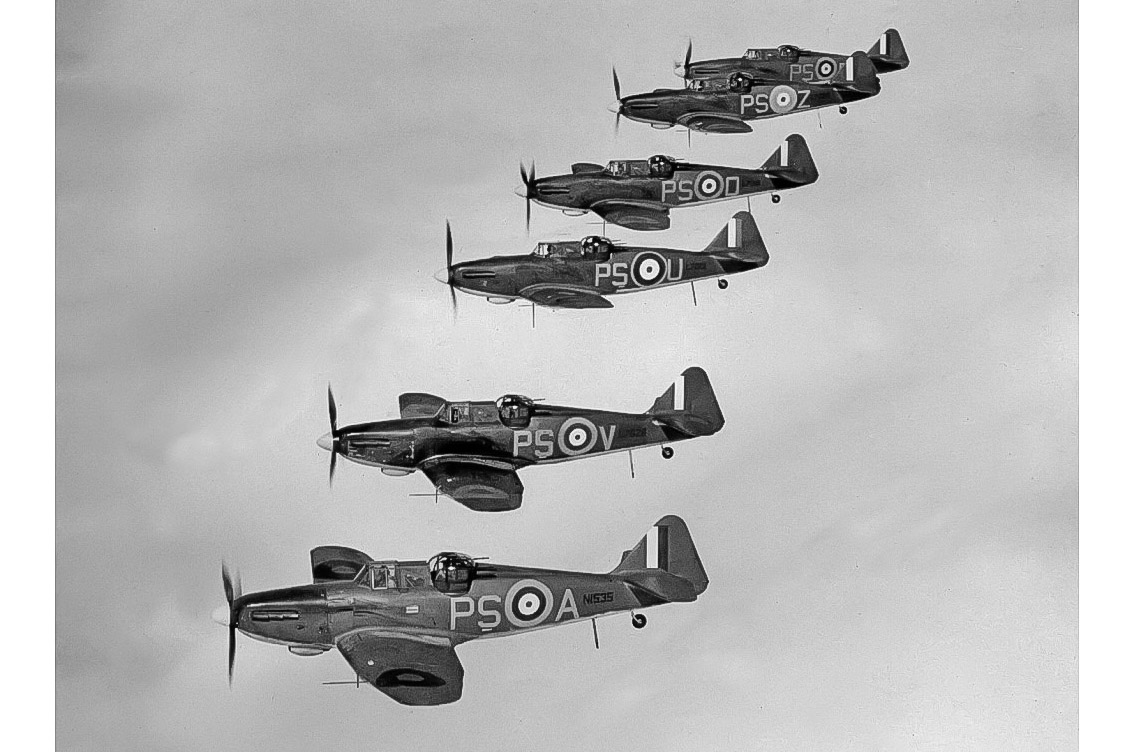

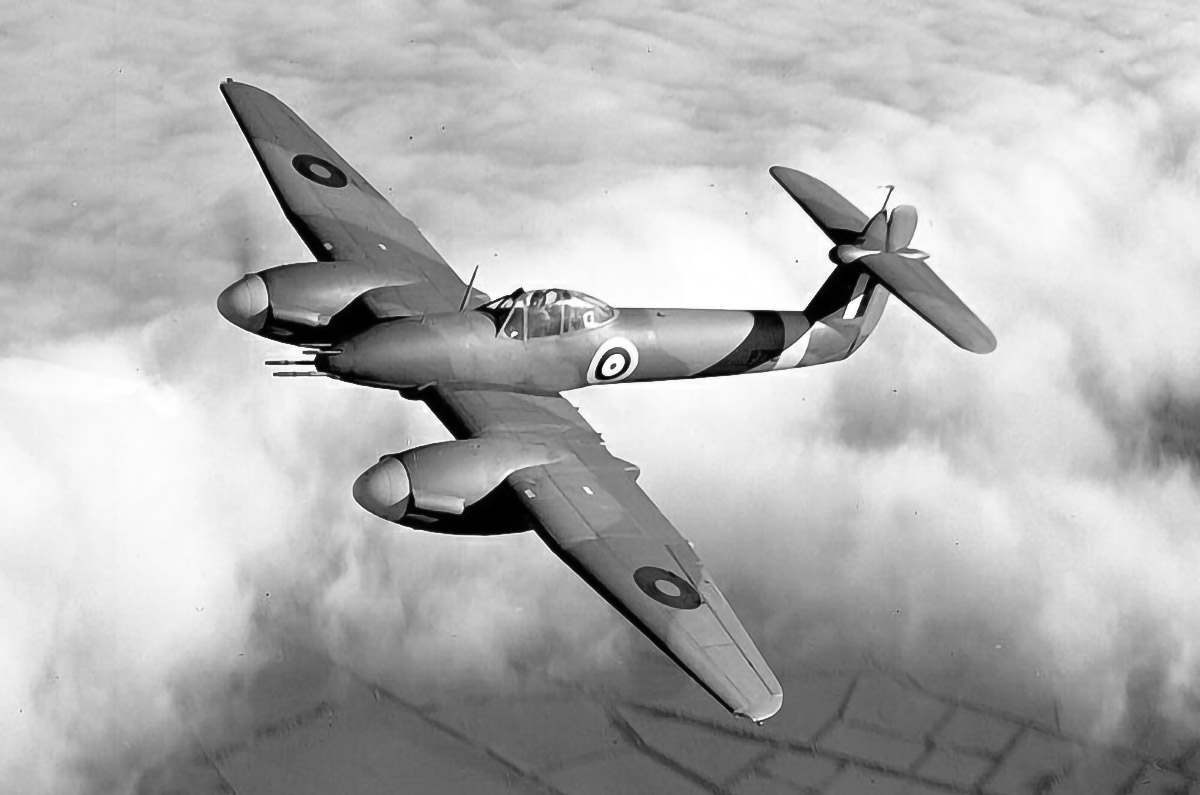
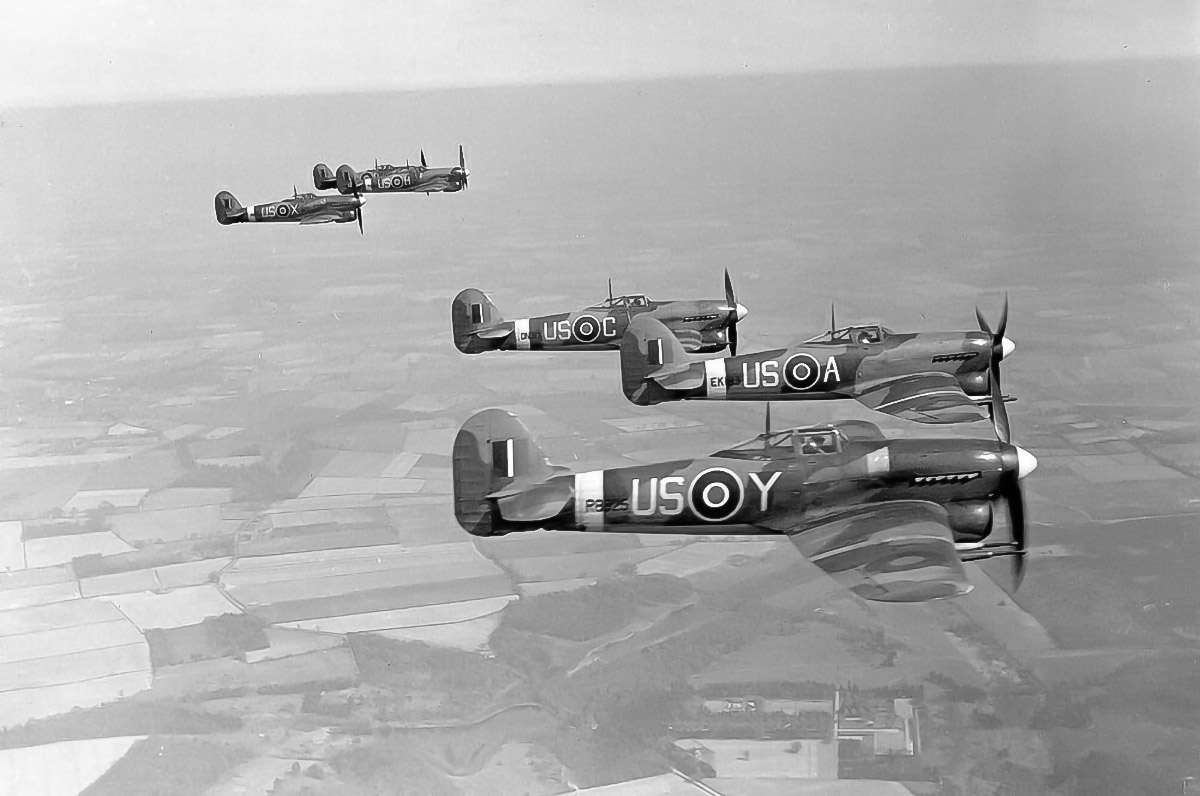
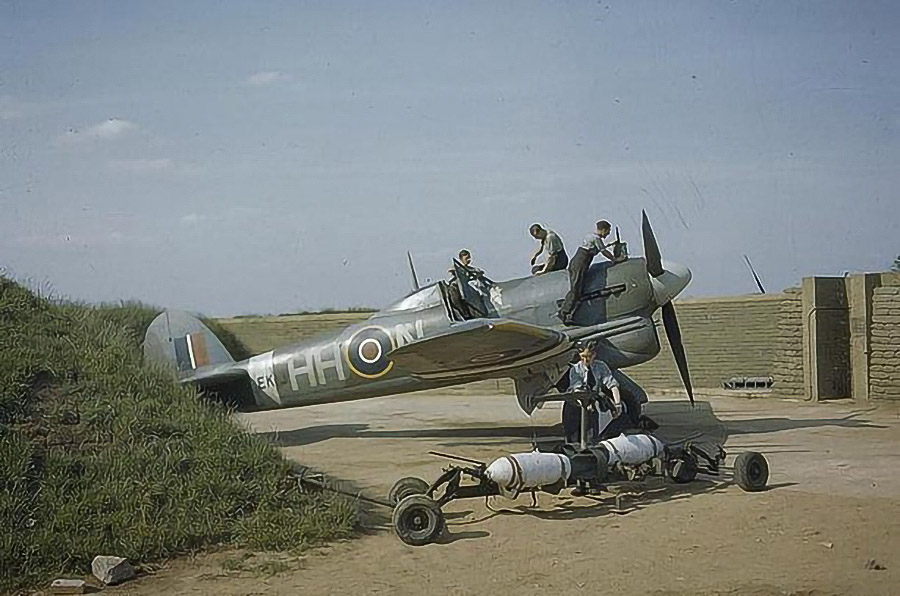
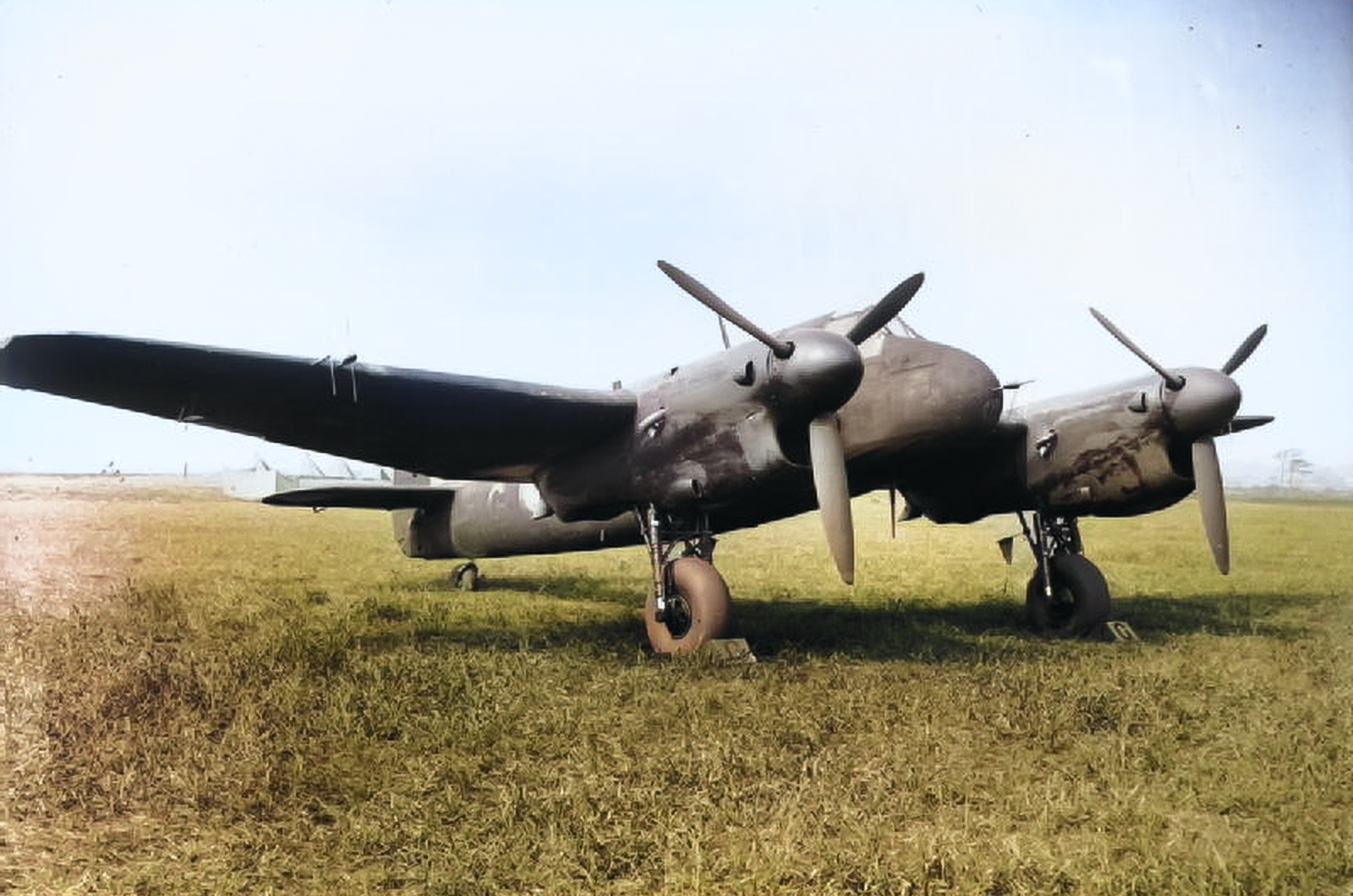
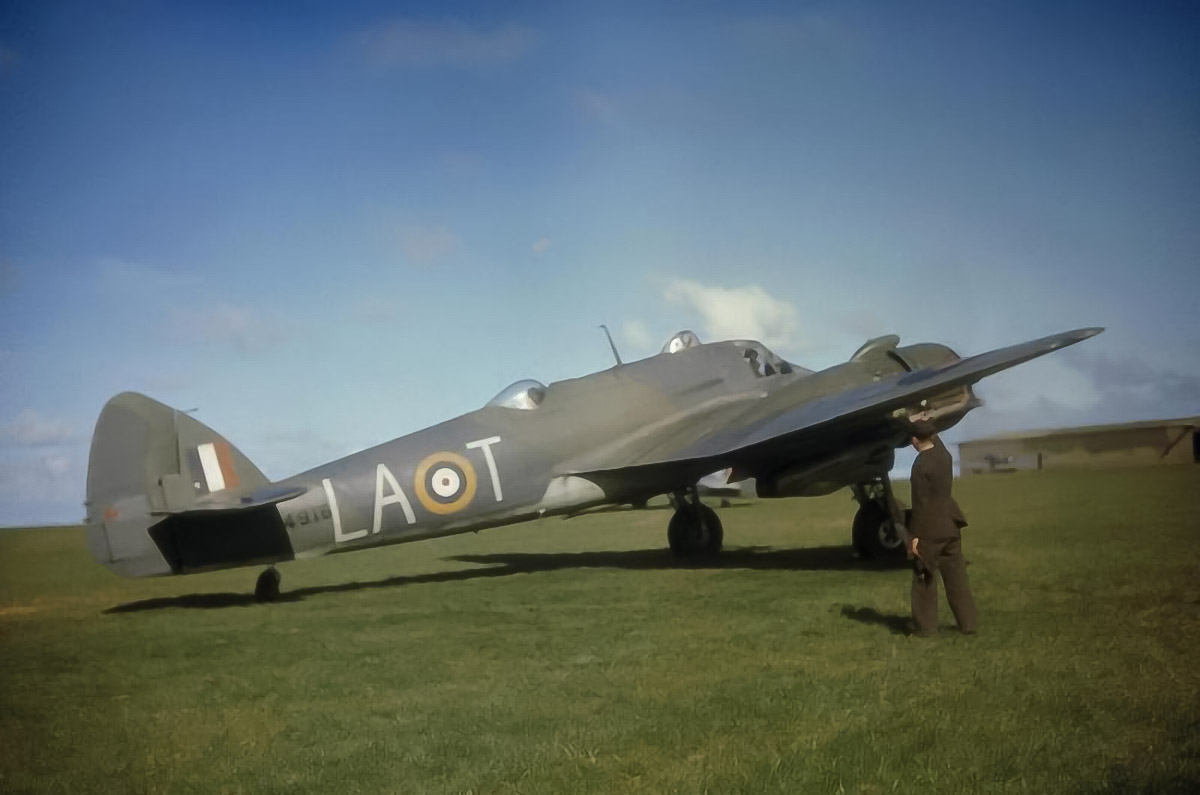
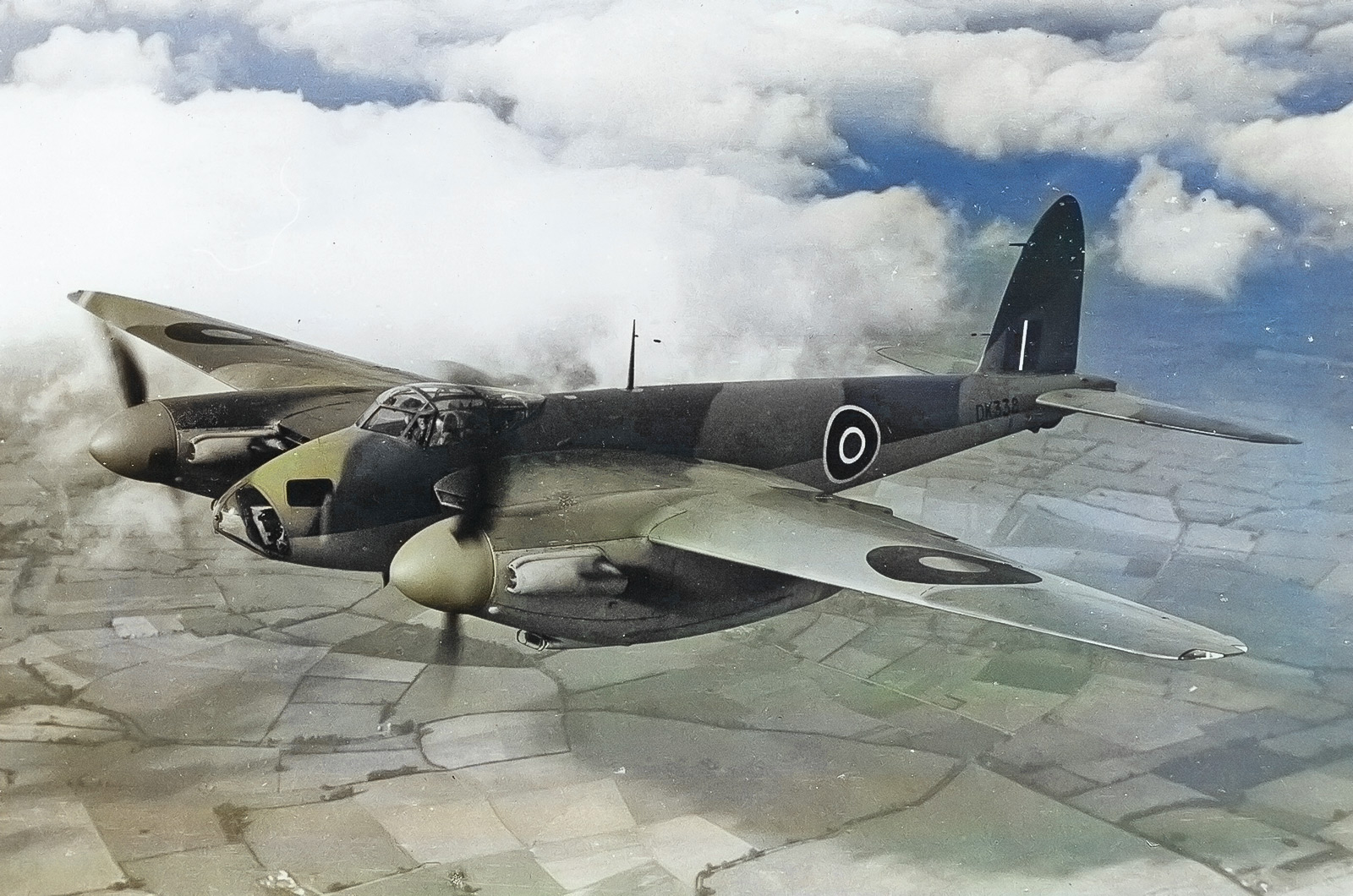
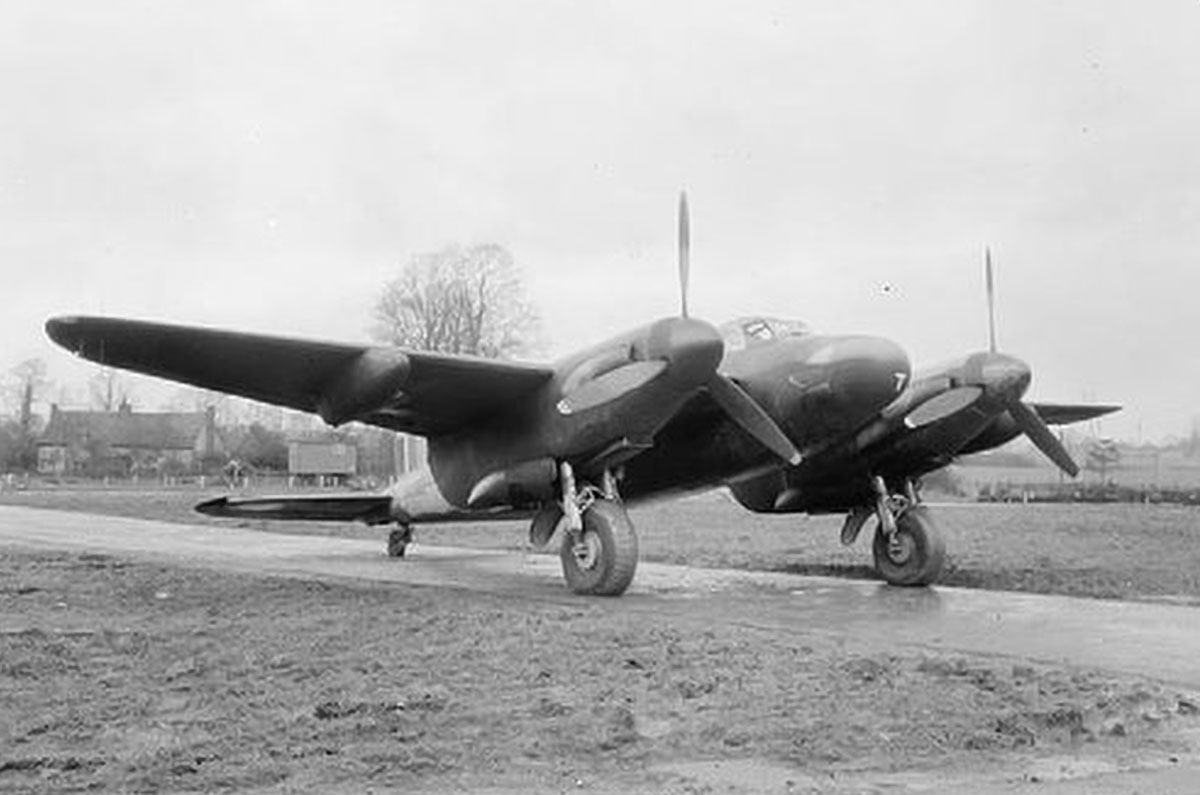
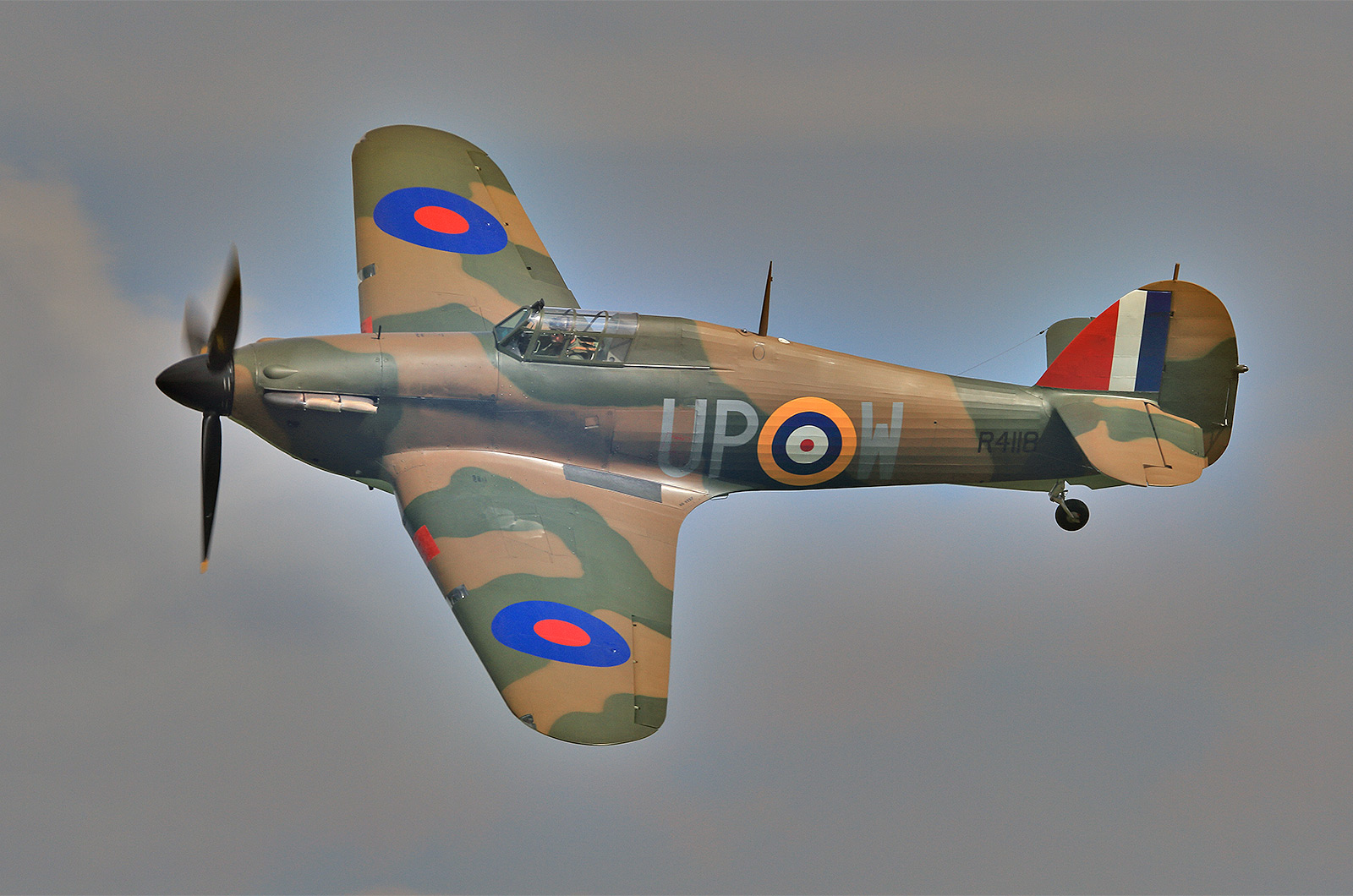
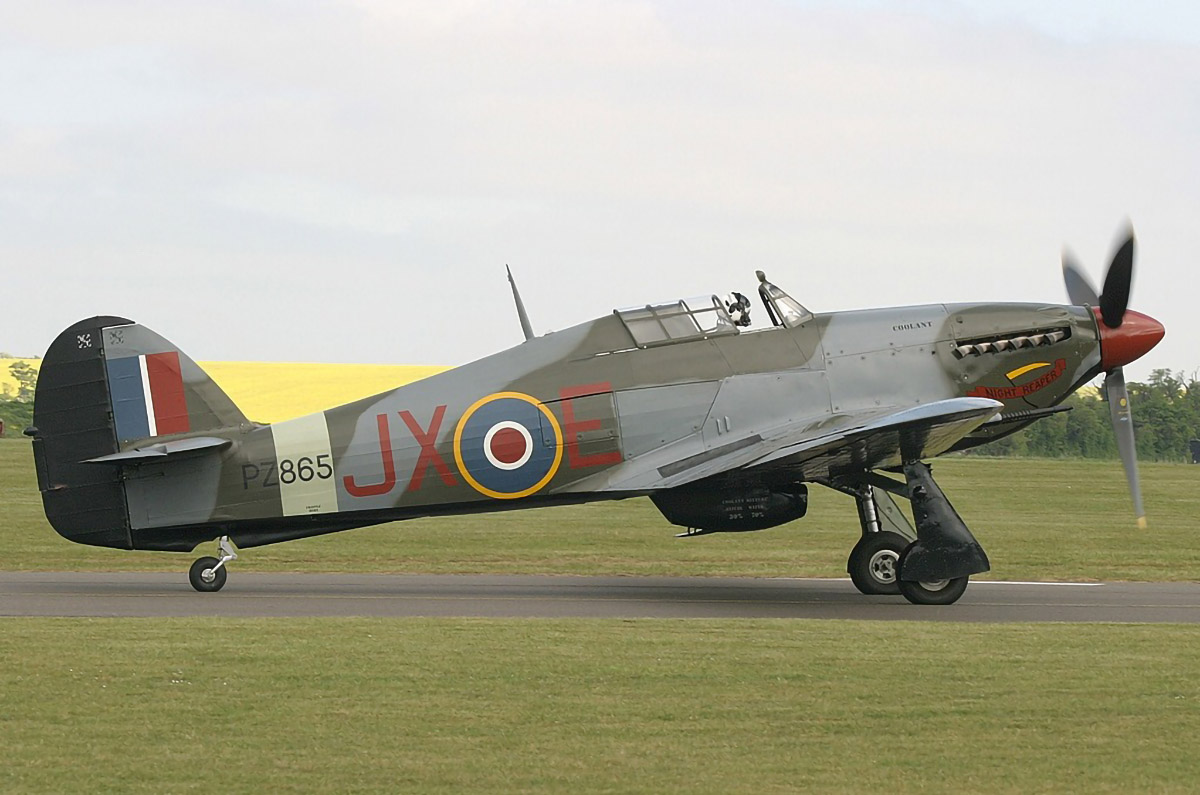


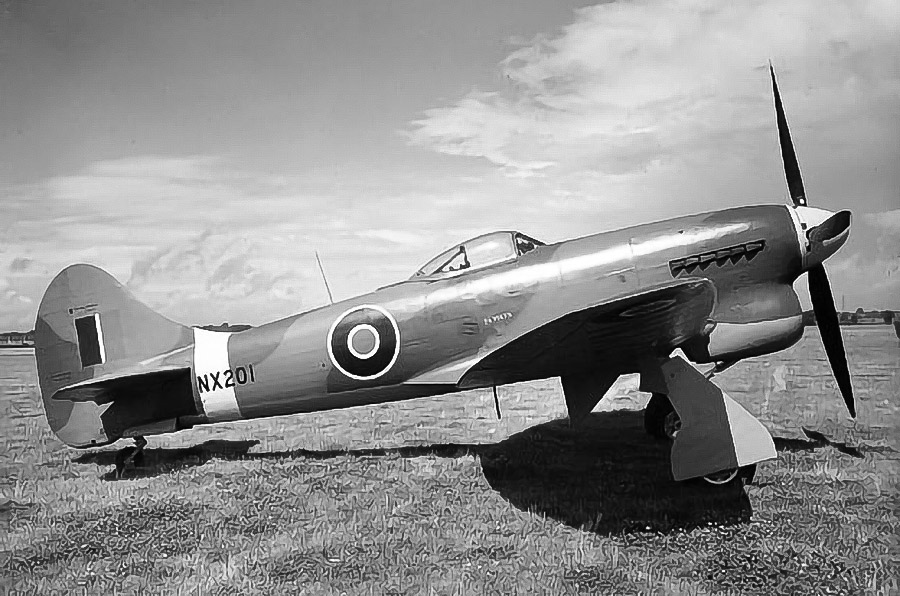
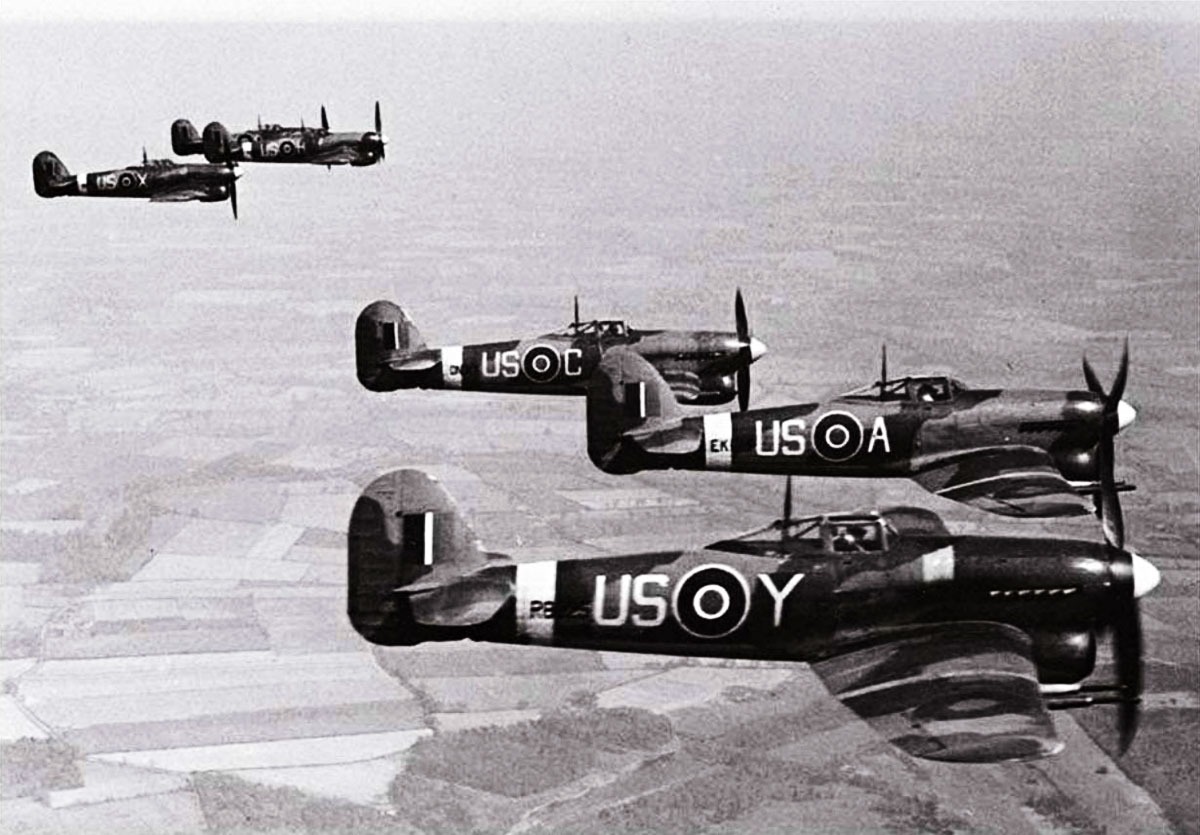


Add your comment